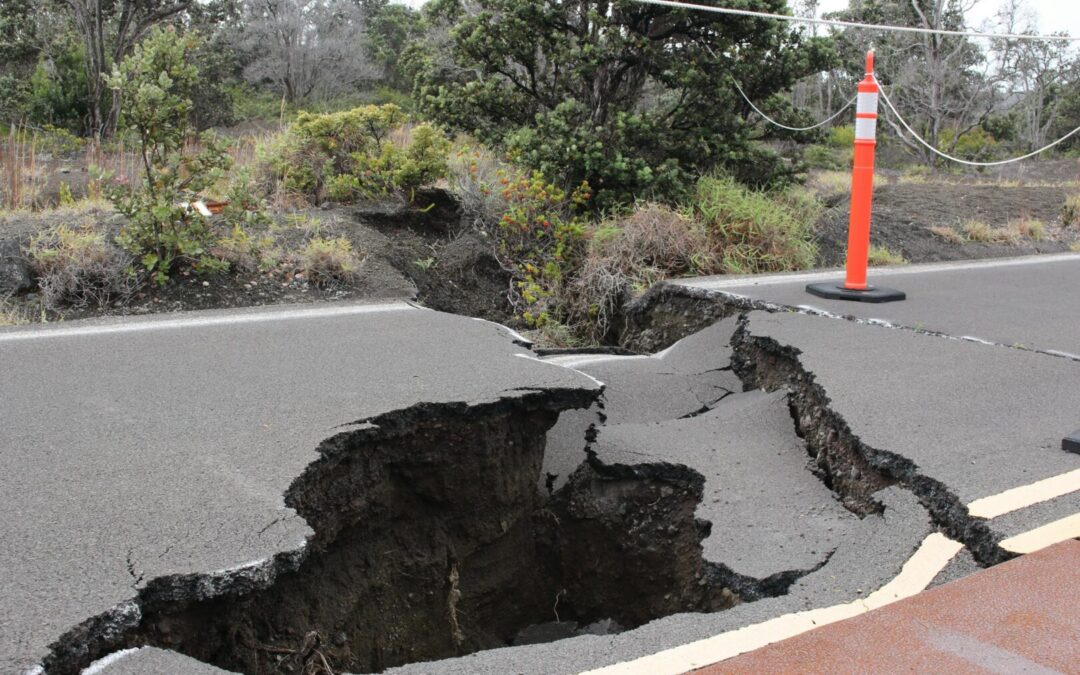2011 Earthquake Legacy: How Mineral VA Made History
On August 23, 2011, the small town of Mineral, Virginia—population just under 500—suddenly found itself at the epicenter of American geological history. At 1:51 pm Eastern Time, a magnitude 5.8 earthquake struck, sending shockwaves that were felt by more people than any other earthquake in U.S. history. What made this seismic event truly remarkable wasn’t just its unexpected location in the eastern United States, but its far-reaching impact both physically and scientifically.

The Unexpected Rumble
The Mid-Atlantic region isn’t known for significant seismic activity. While California residents might barely notice a magnitude 5.8 tremor, for the eastern seaboard, this was an extraordinary event. The earthquake’s energy traveled efficiently through the older, colder, and more solid bedrock of the eastern United States, allowing shaking to be felt across more than a dozen states.

Reports of tremors came from as far north as Canada, as far south as Georgia, and as far west as Illinois. An estimated one-third of the U.S. population experienced the effects of this unexpected geological event, making it one of the most widely felt earthquakes in North American history.
Iconic Damage

The earthquake left its mark on some of America’s most recognizable landmarks. The Washington Monument suffered significant cracks that required years of repairs and kept the obelisk closed to visitors until 2014. The National Cathedral in Washington D.C. sustained damage to its spires and ornate stonework, with repair costs estimated at over $34 million.

In Mineral itself and the surrounding Louisa County, the impact was severe but mercifully resulted in no fatalities. Two schools were condemned due to structural damage, hundreds of buildings required repairs, and the North Anna Nuclear Power Station—just miles from the epicenter—automatically shut down as a precaution, marking the first time a U.S. nuclear power plant had been taken offline by an earthquake.
Scientific Significance
For geologists, the Mineral earthquake was a treasure trove of data. It challenged existing models about eastern seismicity and provided crucial information about how seismic waves propagate through the unique geological structure of the eastern United States.

The event was linked to the Central Virginia Seismic Zone, an area with a history of smaller earthquakes dating back to colonial times. Yet the 2011 quake far exceeded the magnitude of previous recorded events in the region, forcing scientists to reevaluate seismic risk assessments for the eastern seaboard.
Additionally, the earthquake helped improve early warning systems and building codes in regions traditionally considered at low risk for seismic activity. It demonstrated that the East Coast was more vulnerable than previously believed and prompted new studies into the area’s fault systems.
Cultural Impact
Beyond its physical and scientific significance, the Mineral earthquake left a cultural footprint. It became a shared experience for millions of Americans who suddenly found themselves discussing plate tectonics and fault lines over dinner. Social media platforms exploded with activity as people shared their experiences, creating one of the first major earthquake events to be documented in real-time through platforms like Twitter and Facebook.

The small town of Mineral itself embraced its unexpected place in history. Local businesses created earthquake-themed merchandise, and the community developed a newfound identity as the epicenter of the most significant eastern U.S. earthquake in generations.
Lasting Legacy
More than a decade later, the 2011 Mineral earthquake continues to influence how we understand and prepare for seismic risk in eastern North America. The event served as a wake-up call that earthquakes don’t just happen in California or along the Pacific Ring of Fire—they can occur virtually anywhere.

The legacy of the Mineral earthquake lives on in strengthened building codes, improved emergency response plans, and a greater public awareness of seismic safety throughout the eastern United States. Scientific research sparked by the event continues to deepen our understanding of the geological processes at work beneath the seemingly stable eastern seaboard.
For the residents of Mineral, Virginia, August 23, 2011, marks the day their small town shook its way into the history books and forever changed how Americans on the East Coast think about earthquakes. What was once considered improbable became undeniable reality, and in doing so, redefined our understanding of seismic risk across the continent.

